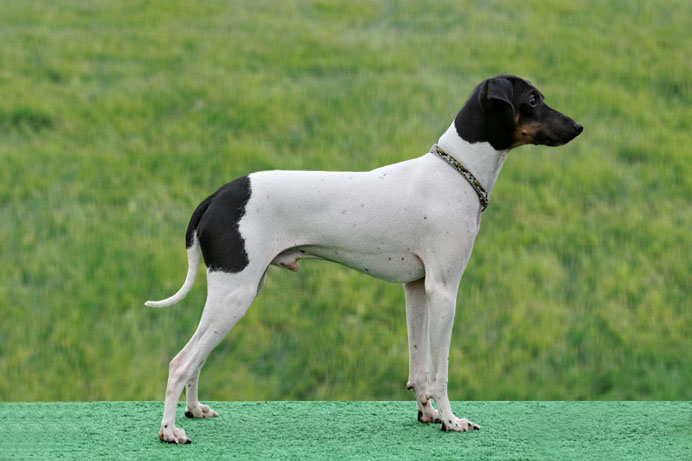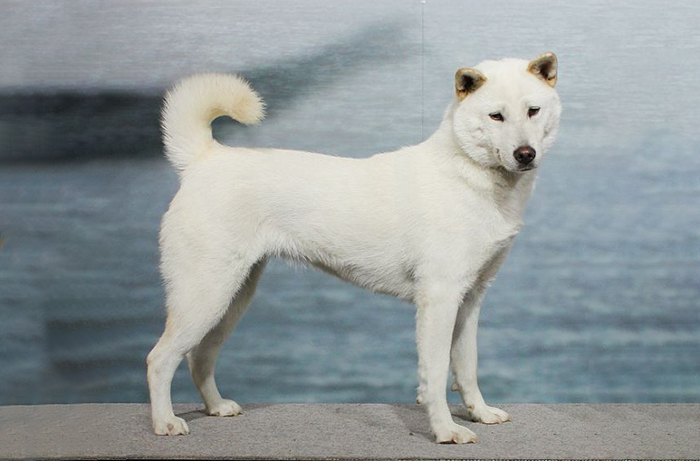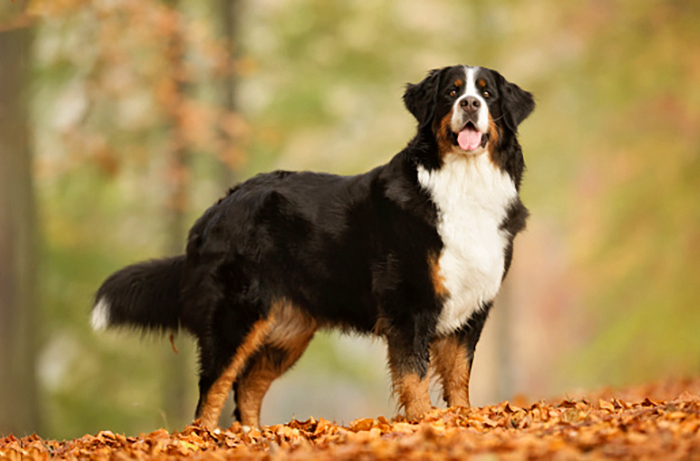Menu
WEIMARANER
intelligent, friendly and affectionateJust fill out your Name and the Email.
The message has already been written.
Note: We will send you a confirmation email right after you submit it. If you haven’t seen the confirmation email within 5 minutes even in spam. That means your typed email address has a typo. Please re-confirm your email and re-send it to us.
Some FAQs about Weimaraner
Weimaraners are known to be loving and loyal dogs who thrive in active families. If you love long walks whatever the weather, then this is the breed for you! They have lots of energy and can be on the go for hours without stopping so are perfect for owners who love adventure.
Weimaraners are ideal for owners who want a large, active dog for hunting, hiking and other outdoor activities. They can make good watchdogs. Weimaraners do not do well left alone for long periods. They can bark excessively or try to escape if left alone for long hours.
Weimaraners are highly intelligent dogs. In fact, they’re the 25th smartest dog breed for obedience & working intelligence. However, when it comes to instinctive intelligence, the Weimaraner is at the top – thanks to superb hunting and tracking instincts.
Weimaraners are great with children but you have to train your pooch and teach your child how to behave around a dog so no one gets hurt. No matter what the breed of your dog is or how kind your dog is, you can never leave it unsupervised with your child.
There are two types of Weimaraners, based on the coat color and length; shades of silver, roe deer or mouse gray, sometimes blue. The short-haired Weimaraner is more common than the long-haired variant.
Weimaraners may not be the easiest companion, especially if you’re a first-time pet owner. They’re intelligent and large dogs that can quickly become a handful if they’re not properly stimulated and socialised.
They are prone to destructive chewing. Weimaraners typically live from 10 to 15 years.
Weimaraners are highly intelligent, but they’re also independent thinkers. That combination can make them a challenge when it comes to training. Be consistent and firm, but gentle. The Weimaraner is sensitive and doesn’t respond well to anger, but you must be able to say “No” and mean it.
Weimaraners can be excellent family dogs if you have an active family. They are loyal and loving and will work as an effective guard or watchdog should they need to do so.
Weimaraners are quite large, so it is best to avoid having them around very small children. They are unlikely to do anything purposefully to hurt them, but they can accidentally cause injury by playing too hard.
How to buy Weimaraner in Japan?
STEP 1: Contact Us via:
To get the fastest response, we recommend you message us via Whatsapp.
STEP 2: Tell us you want a Weimaraner and we are happy to hear more about other details like: gender, coat color, your expense, and your special request if you have one.
To save time, let fill out the form below with something like: Hello! or I need a dog. and that is enough to start our good cooperation.
*Please Note: It is difficult to know which breeder is trustworthy when you are in another country. But fortunately there are reputable associations that can guarantee the quality of breeders who are members of their association. These can be mentioned as Japan Kennel Club – JKC, The Kennel Club of Japan – KC or Nihonken Hozonkai – 日保 and many other associations (JABC, JCC, ICC, CPRO, JCU, KCP, ACC, CCJ, KCC, NMSA, WCA, JMSA, ZCC). Dogs and Cats sold by breeders belonging to these associations are always accompanied by a pedigree certificate.
JP-Pets will act on your behalf, carry out the necessary export procedures quickly, accurately and professionally to ensure that the dog can be delivered to your hands. About exporting methods, you can see more here: Exporting Methods.
Talk to us and get a free consultation from our experts.
WEIMARANER
Weimaraner
Created as an all-purpose hunting, pointing, and retrieving gundog, this 19th-century breed, nicknamed the “Grey Ghost”, is a careful, almost stealthy dog in the field. While the Weimaraner may be reserved with strangers, it is a bouncy family companion and can be too boisterous for small children. Elegant lines, striking colour, and grace in movement have contributed to this breed’s popularity both as a pet and working dog, but it can stay active for hours, and needs an owner with similar stamina. There are two coat types: long-haired and short-haired.
The Breed History
Weimaraners were developed by aristocrats in the 17th century in Germany; the best known was Grand Duke Karl August of Weimer. Breed ancestors are thought to include Pointers, German Schweisshunds, red Haidbracke, and red Hanoverian Bloodhound (the latter is traced back to the gray Leithunder dog of French deer hunting stock). Weimaraners stayed exclusively owned by the German Weimaraner club members for many years. Official breed recognition in Germany came in 1896, and registration by the AKC occurred in 1943. The first dogs arrived in the US in 1929.
Breeding for Function
This breed was originally selected to be an all-purpose high-endurance hunting dog (fur and feather), bred to hunt, point and retrieve. The most popular use for this dog in modern times is as an obedience dog or hunting dog. They also enjoy flyball and agility sports.
Physical Characteristics
Height at Withers: females 23-25” (58-64 cm), males 25-27” (64-69.5 cm)
Weight: females 70-80 lb (31.8-36.4 kg), males 75-88 lb (34.1-40 kg)
Coat: The short single-layered glossy haircoat is only recognized in the color of silver-gray to mouse-gray with a “metallic sheen”; only one small spot of white is tolerated on the chest. Over the head, and particularly the ears, a lighter metallic gray color is noted.
Though the longhaired Weimaraner is not recognized, this subtype was used for waterfowl hunting. This double-coated, medium length water resistant coat is feathered on legs and tail. There are variations in the length, texture and volume of undercoat. A genetic test is available.
Longevity: 10-14 years.
Points of Conformation: This aristocratic, muscular athletic large dog possesses a medium weight mesocephalic skull with a moderate stop and slight median line over the forehead, amber nose, light gray, gray-blue or amber eyes, and fine leathered pendulous large and high-set ears. Note that puppies are born with intense sky blue eyes. They have a medium muscular neck, deep chest and well-sprung rib cage, level loins, and a moderately tucked waist. They possess fine long straight limbs, with small compact feet well knuckled up and webbed. The tail is medium and tapering, but often cropped to 6” (15 cm) adult length. Their gait is long and straight, smooth but elastic.
Recognized Behavior Issues and Traits
Reported to be: Affectionate, keen, gentle and very obedient, but protective. A high amount of exercise should be provided (one hour per day minimum is recommended). High intelligence and fairly high social needs make this dog unsuitable for kenneled life. They should be kept busy to prevent boredom vices such as chewing. Due to their strong chase instinct, they should be raised with, or carefully introduced to smaller pets. They need close contact with their owners, and are devoted, sensitive and loyal. They have low grooming needs and are low to medium shedders. They are loud alarm barkers.
Looking for more of other Dog breed information
JAPANESE TERRIER independent, active, crisp, and lively I <3 Japanese Terrier! The quick message here! Just …
HOKKAIDO DOG skilled hunter, devoted companion and trustworthy watchdog I <3 Hokkaido Dog! The quick messag …
SHIKOKU INU intelligent, loyal and alert I <3 Shikoku Inu! The quick message here! Just fill out your Name …
…
BERNESE MOUNTAIN DOG sweet, calm and easygoing I <3 Bernese Mountain Dog! The quick message here! Just fill …
<a class="" …






